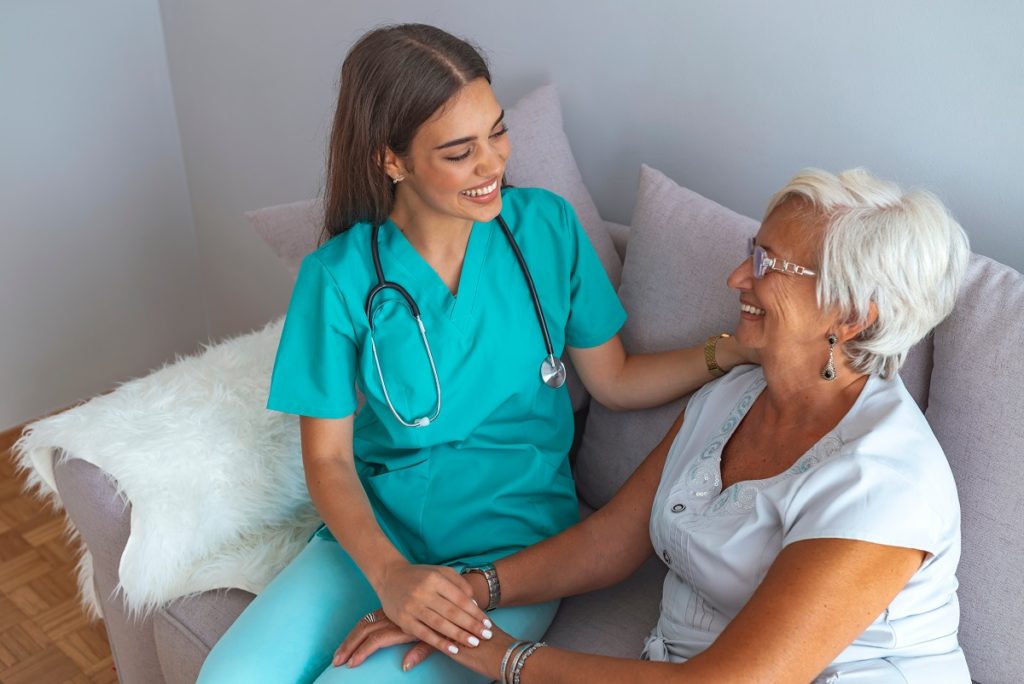The senior population in the US is growing. According to the Census Bureau’s projections, the number of Americans 65 and older will surge from 52 million to 95 million by 2060, and will then make up 23 percent of the population. This means that the demand for home health care will shoot up as well. Fortunately, home healthcare has come a long way and is continuing to improve thanks to leaps in technology that may or may not necessarily be medicine-related.
Here are the four major innovations that impacted modern home health care.
Sensors
Sensors can be placed around the home and can be worn on the patient’s body. These sensors basically detect the activity of patients and send that information to caregivers. The sensors will be able to pick up information about the patient’s location and activity. Depending on the condition of the patient, these pieces of data may very well be life-saving. If a patient stumbles for example, the caregivers are notified and will be able to respond promptly to assist.
Remote Monitoring Tools

Sensors are among the many remote monitoring tools that the health care industry now maximizes. For patients who are elderly or infirm, a lot of other tools like smartphone apps monitor their conditions. Some apps, in coordination with tools worn by the patient, take note of sleep data, diet, and steps taken. Others are more minute and track heart rate, blood sugar, blood pressure, and others. These pieces of information are shared with doctors and medical professionals. They serve as sort of checkups without the actual clinic visits. Doctors stay informed about their patients and are able to advise or make treatment changes based on real-time information over the internet.
In some cases, remote monitoring can be done by the patient’s family as they look into the health care being provided to their loved one. Some home care software solutions give access to members of the family as well, alongside the medical professionals. This creates a mini community of people centered on providing quality health care to those who need it.
Big data
Because of the many data collecting tools and applications that now dominate home health care, the amount of data available for analysis has become so rich. Analyzing trends and patterns in this data will give meaningful insight to further development of health care in general. Eventually, with the help of big data analysis, health care can shift more towards identifying potential issues rather than reacting to present conditions.
Telehealth
Internet speeds today allow the transfer of huge amounts of data at a time. This gives way to the development of Telehealth measures. Teleheath is basically the back and forth between patient and medical professional through a telecommunications channel. They can exchange information like pictures of symptoms, records of vitals, diagnoses, and treatment courses. The versatile nature of Telehealth improves access to health care and adds cost savings.
According to the World Health Organization, training courses can also be given through Telehealth schemes. This makes this all the more useful in hard to reach localities.
There are many other innovations that have elevated modern home health care to where it is today. And more advancements in the future promise further improvements to the quality and accessibility of home health care.

